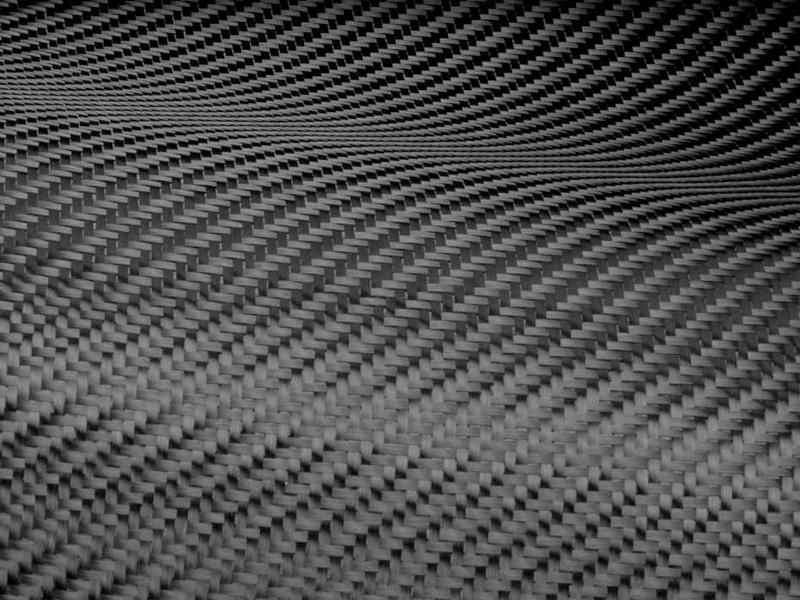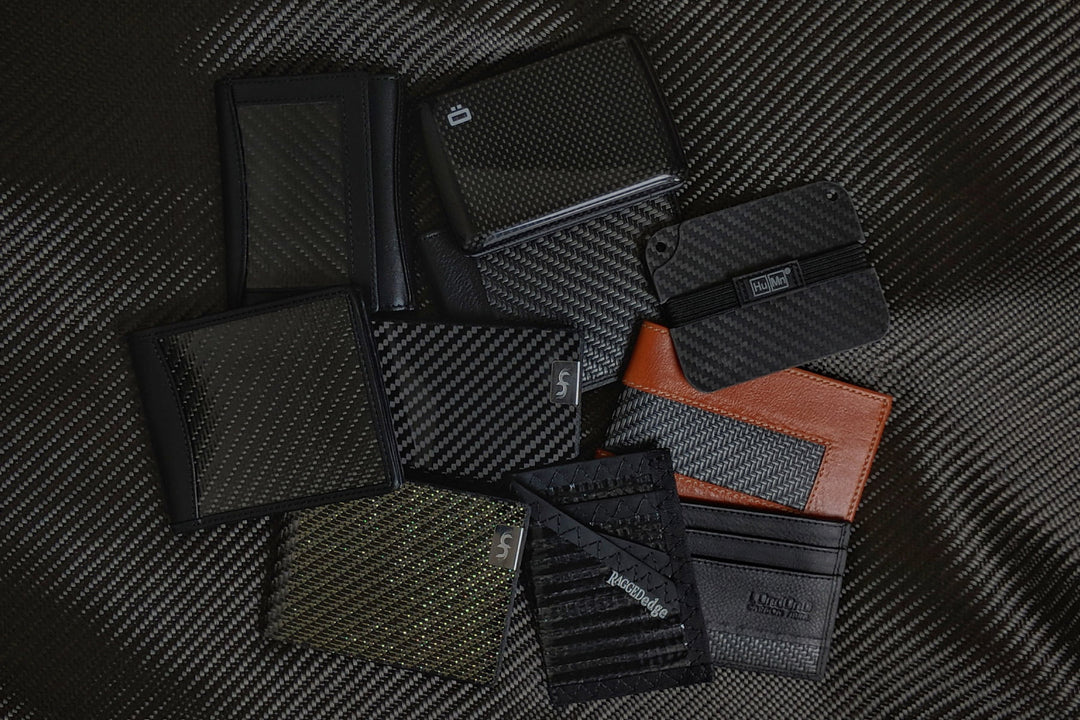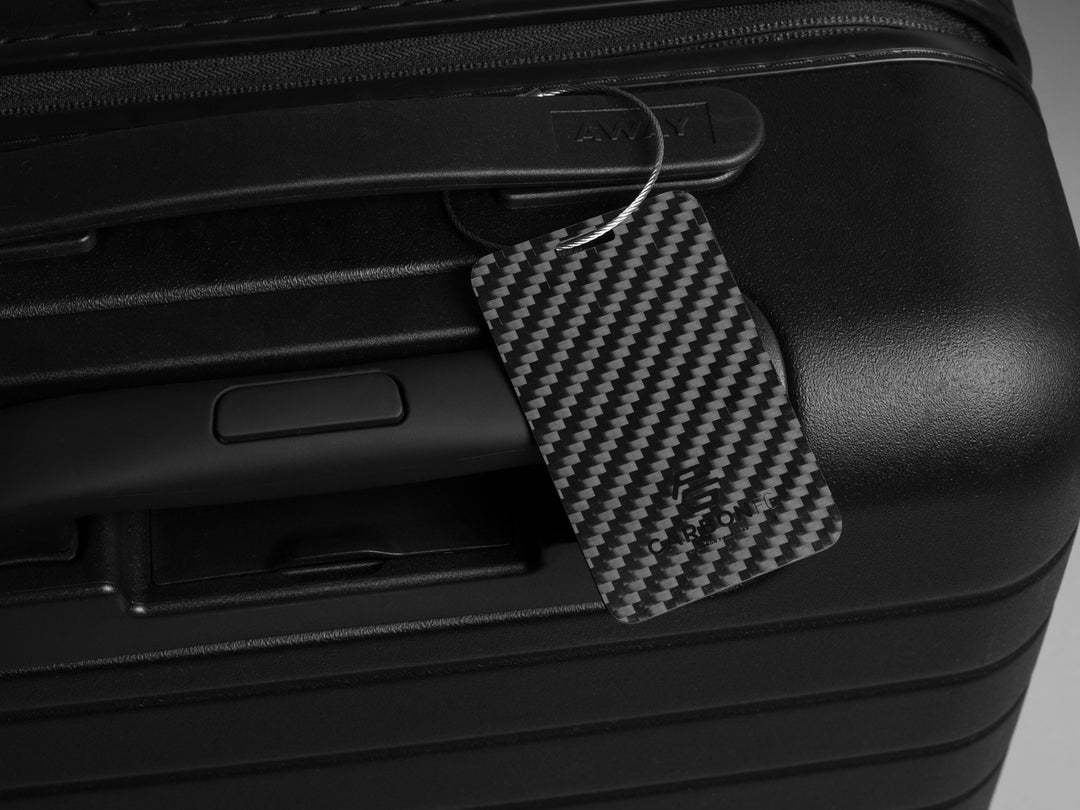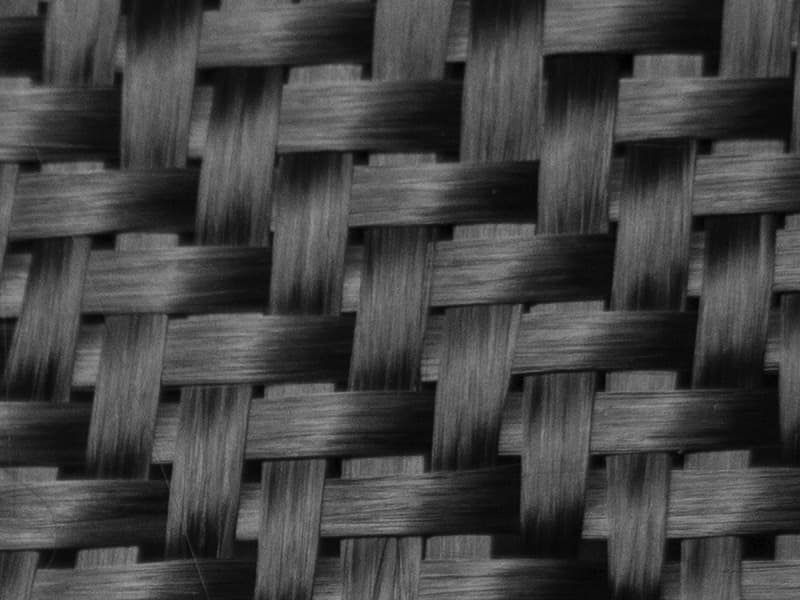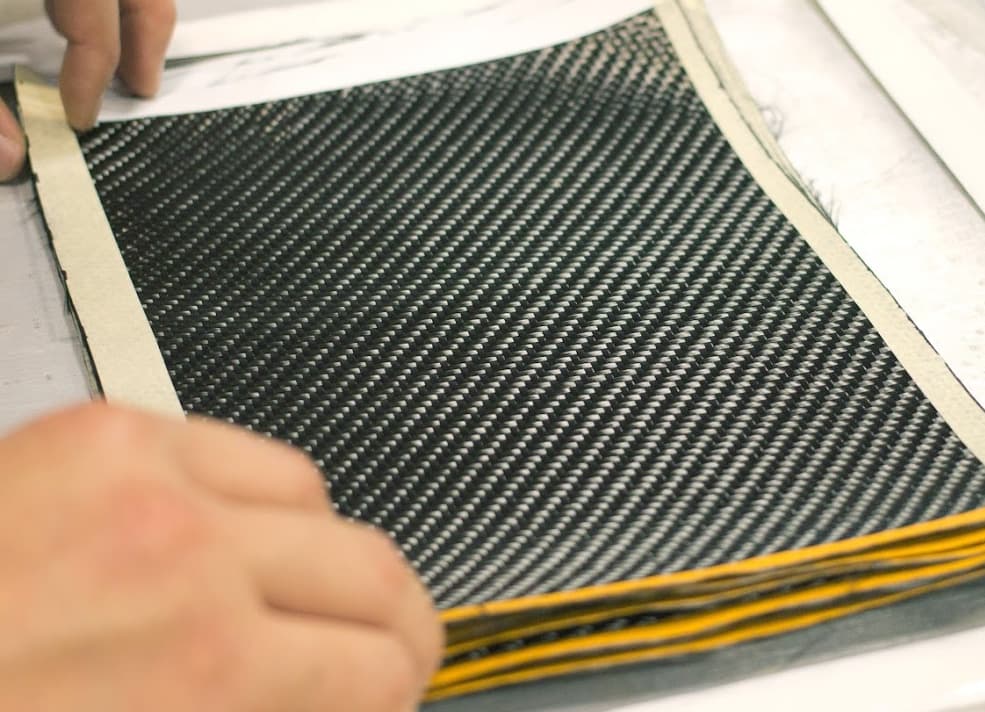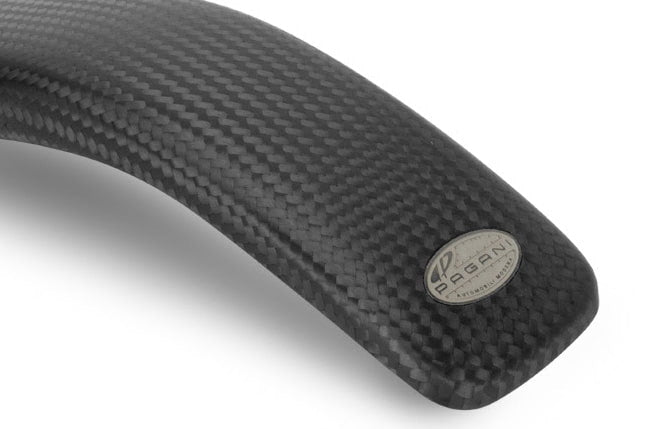Compare Carbon Fiber Wrap, Vinyl, Kits, and Sheets
We see a lot of terms flying around out there when it comes to carbon fiber. Things like carbon fiber wrap, carbon fiber vinyl wrap, carbon fiber sheets, carbon fiber kits, etc, etc. We thought we'd take some of these common terms and break down the difference between each so you can make more informed decisions when you're out buying the stuff.
Before getting into each, let's talk about some of the characteristics and benefits of real carbon fiber. I'll cover things in a very simple overview, but feel free to check out our what is carbon fiber page for a little more depth.
Carbon Fiber Characteristics/Benefits
Processed carbon fiber is typically very light and strong compared to its metal counterparts. It generally has a woven fabric look that when infused with epoxy resin, dried, then finally polished offers a very visually pleasing three-dimensional appearance. Real carbon fiber is only black, although there are ways to incorporate color by either tinting a clearcoat that is applied to the exterior or using hybrid/alternative materials such as Kevlar or Aramid.
Carbon fiber as a raw fabric (we'll discuss this later) can be wrapped around an object and then infused with resin. This is called skinning (we sell a kit that includes everything you need to do this), and although you give the wrapped object the look of real carbon fiber...you do not give it the lightweight advantages. In fact, you're actually adding weight. Additionally, you're offering some level of extrareinforcement/strength, but true carbon fiber parts are generally made from a mold and contain only carbon fiber and resin.
Carbon Fiber Wrap / Carbon Fiber Vinyl / Carbon Fiber Film
There are a number of different names (and even sometimes incorrectly referred to as carbon fiber sheets), but they all refer to the same thing...imitation carbon fiber. I prefer to call this as carbon fiber vinyl, so I'll refer to it that way for the sake of this article. Carbon fiber vinyl is usually sold in rolls or sheets, and is usually a PVC-based vinyl that has an adhesive backing and can be stuck onto things. Think of it like a big sticker or sort of contact paper. It tries to mimic the real carbon fiber look (there is definitely a difference, but there is some pretty good stuff out there), but the cool thing is that the better material allows you to apply heat and then conform it around complex shapes.

This is why you'll sometimes hear it called carbon fiber wrap, because people will literally wrap, say, an entire car with the material. Using carbon fiber vinyl wrap to cover a car involves taking the vinyl and applying to each panel on the vehicle until everything has been covered, transforming the look completely.

Aside from looks, carbon fiber wrap will add weight, so there are no real structural or strength benefits (although, it would offer some level of scratch protection)...This is generally for people who want the look of a carbon fiber vinyl wrap and do not want to pay the premium price for real carbon fiber.
Carbon Fiber Sheets
Carbon fiber sheets are flat pieces of real carbon fiber that have already been infused with epoxy and then cured. These are real carbon fiber, but because they have already been processed, they are rigid. Carbon fiber sheets can have different thicknesses, and that's normally adjusted based on the number of layers (or plies) of carbon fiber that are used to make that sheet. The thicker the sheet, the more layers of carbon fiber that are used, the more rigid the sheet is.
Generally, the thinner pieces of carbon fiber sheets are used for appearance purposes and are considered a veneer. While they are flat pieces, they will have some flex (in one direction, think about bending a credit card), so you could do things like put it on a desk, or perhaps make a light shade out of it.
As you start to get thicker pieces of carbon fiber, then they become used more for structural components. Perhaps a flat surface of a drone frame or RC car for example.
Carbon Fiber Fabric
Carbon fiber fabric refers to raw carbon fiber before it has been infused with an epoxy. This is a woven fabric that is much like a cloth, but for the most part, is pretty useless in terms of uses until it does get processed.
To get a better understanding of why carbon fiber is such a cool material, we can how see the fabric has all of the weaves (technically called tows):

Each tow has thousands of strands:

Carbon Fiber Kits
Carbon fiber kits are typically kits that include everything you need to do a particular something with real carbon fiber. For example, the carbon fiber starter kit we sell is meant to include everything you need for skinning smaller parts or doing minor repairs. Other kits out there may include materials for creating molds.




